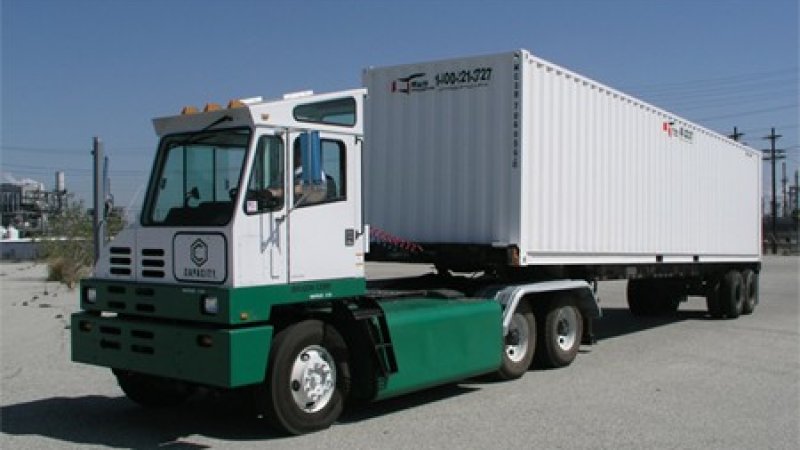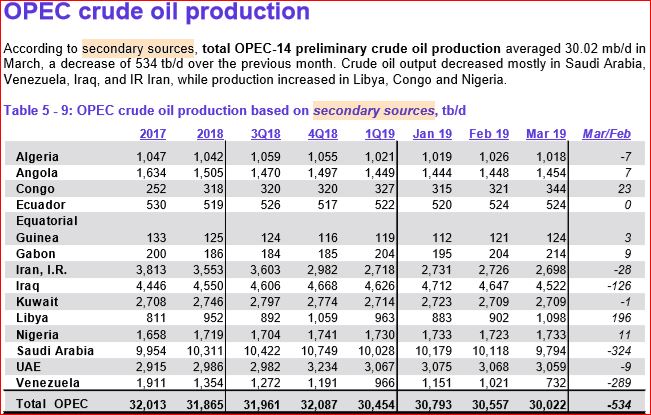A Guest Post by Islandboy
Over ten years ago on April 9, 2009 the original article “Electric Commercial Vehicles” was posted at The Oil Drum web site. In Part 1 of this ten year update we reviewed the progress or lack thereof, of all the projects mentioned in the 2009 article, concluding that while some had failed, there are some that have survived and are still supplying solutions today.
In this post, we will look at some projects that have come about since the 2009 article with the aim of the transitioning of commercial vehicles to options that reduce or eliminate the direct dependence on Fossil Fuels. Vehicles that were only available as demonstration units or that were undergoing trials up to the time of this post will not be covered in this post. All of the vehicles covered in this post are available for purchase or lease as far as I am aware. First we will look at the country that is driving high volume commercial EV deployments and the means being used to achieve this.
Electric Vehicle Policies in China
Thomas L. Friedman wrote an article for the New York Times dated Sept. 25, 2010:
The end of his first paragraph reads:
“Beijing just announced that it was providing $15 billion in seed money for the country’s leading auto and battery companies to create an electric car industry, starting in 20 pilot cities. In essence, China Inc. just named its dream team of 16-state-owned enterprises to move China off oil and into the next industrial growth engine: electric cars.”




